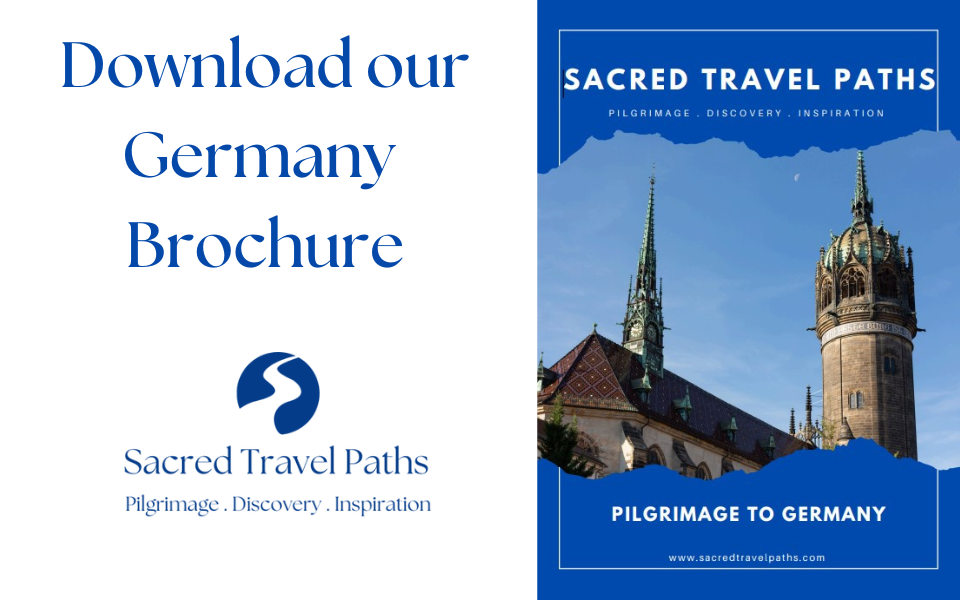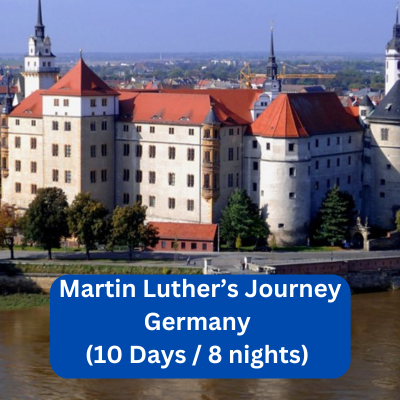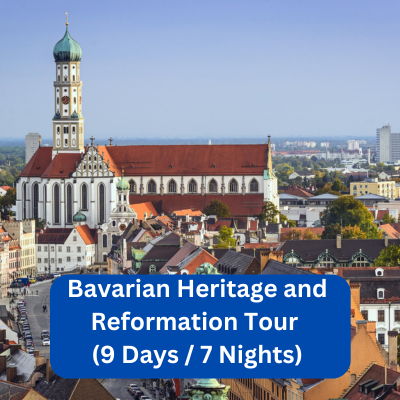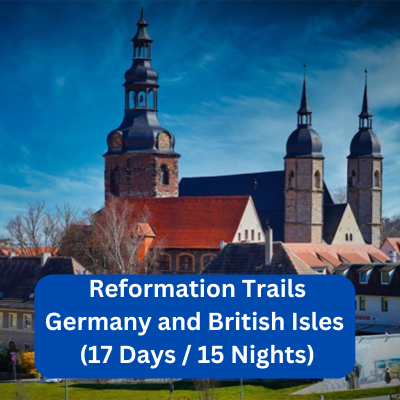Visit Germany
Discover the Sacred Heart of Germany: A Pilgrim’s Path through History
Reformation Reverie: Exploring Germany’s Protestant Pilgrimage Sites
Embark on a sacred pilgrimage through Germany, tracing the footsteps of Martin Luther and other key figures of the Protestant Reformation. This spiritual journey offers a profound connection to the roots of Protestantism and Germany’s rich cultural heritage. The Protestant Reformation, led by Martin Luther in the 16th century, transformed the religious landscape of Europe and played a pivotal role in shaping modern Christianity.
Martin Luther, a German monk and theologian, sparked the Reformation with his Ninety-Five Theses, challenging the authority of the Catholic Church and advocating for reform. His translation of the Bible into German made the scriptures accessible to the common people and laid the foundation for the Protestant movement. Today, pilgrims can visit the sites associated with Luther’s life and legacy, gaining insights into his teachings and the Reformation era.
In Germany, pilgrims can explore historic cities such as Wittenberg, where Luther lived and preached, and Erfurt, where he studied theology and experienced his religious awakening. The Wartburg Castle, where Luther sought refuge and translated the New Testament into German, is another significant site that offers a glimpse into his life and work. Visitors can also journey to Eisleben, Luther’s birthplace and the site of his death, to pay homage to this influential figure.
Germany is also home to numerous Protestant churches, cathedrals, and monasteries that bear witness to the country’s religious heritage. The Cologne Cathedral, a masterpiece of Gothic architecture, and the Dresden Frauenkirche, rebuilt after its destruction in World War II, are among the notable landmarks that showcase Germany’s rich religious history.
Sample Pilgrimage Itineraries
Germany’s UNESCO World Heritage Sites
Germany is renowned for its rich historical and cultural tapestry. Among these are the Roman monuments of Trier, the oldest city in Germany, where ancient structures like the Porta Nigra and the Imperial Baths offer a window into the past. Another significant site is the Zollverein Coal Mine Industrial Complex in Essen, a symbol of the country’s industrial heritage, showcasing the evolution of coal mining and the region’s transformation into a cultural hub. The ancient Beech Forests of Germany, with their unique ecosystems, provide a glimpse into Europe’s natural history and biodiversity, illustrating the intricate balance between nature and human activity.
Visiting these World Heritage Sites is more than just a tour of historical landmarks; it’s an immersive journey through time. The medieval town of Bamberg, with its well-preserved architecture, takes visitors back to the Middle Ages, while the Bauhaus sites in Weimar and Dessau highlight Germany’s pivotal role in modern design and architecture. The Upper Middle Rhine Valley offers breathtaking landscapes dotted with castles and vineyards, representing centuries of human habitation and cultivation. These sites not only demonstrate Germany’s diverse heritage but also its commitment to preserving cultural and natural treasures for future generations. Exploring these destinations offers a profound appreciation for the enduring legacy and beauty of Germany’s contributions to global heritage.






